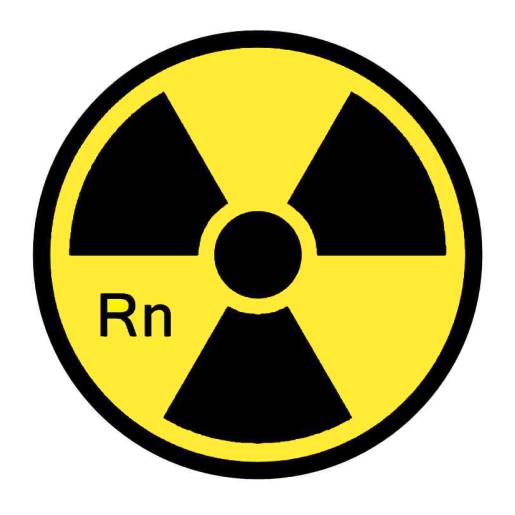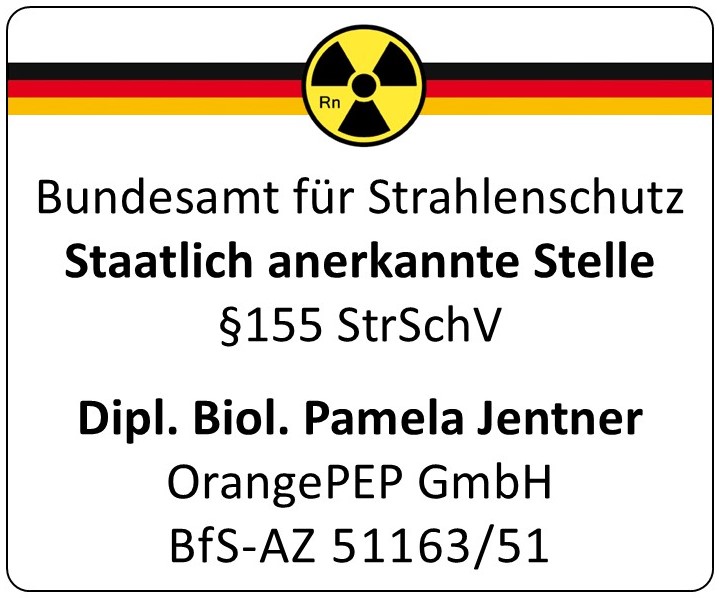Radon is a radioactive noble gas that is invisible, odorless and tasteless. Radon gas is formed in deep soil layers by the radioactive decay of uranium.
Depending on the nature and extent of the underground layers of the rock formations, more or less radon occurs. Depending on the geology and the permeability of the subsoil, very high levels of radon can arise in the soil air. It makes no difference whether it is hilly or flat terrain.
Radon emanates continuously from the soil. Due to leaks, cracks, joints in the base plate, in walls which are in contact with soil, or due to leaky cable guides, radon penetrates into buildings. This can lead to correspondingly strong radon concentrations in indoor air and health risks.
Excessively high levels of radon in indoor air, however, are not found only in areas that have a high radon concentration in the soil, but also in landscapes with low or moderate soil radon concentrations.
If radon penetrates into a building and if the air exchange rate is not high enough in order to dilute it sufficiently, increased radon levels in indoor air can occur at nearly any radon concentration in soil air. This plays a role especially in restructured existing buildings as well as in modern construction designs.
Effects on health:
Radon gas is inhaled with the air and mostly exhaled completely. Thus the radon gas itself is not the main cause of health risks, but the resulting radioactive decay nuclides of heavy metals, lead, bismuth and polonium. These decay products, which attach themselves to dust particles, can enter the lungs with the air breathed in and remain in the lungs. They then continue to decay. The resulting radioactive radiation (alpha radiation) can damage lung tissue and thus in the long term can lead to lung cancer. The more dust particles there are in the ambient air, the stronger it increases the health danger.
Here is the contrast to the so-called "radon cure" in special abandoned mines. There the air has very little dust. The Radon gas is exhaled rapidly, there are only a few conglomerates of decay products and dust particles.
Particularly high levels of dust and contaminant particles are produced by smoking. Smoke and radon mutually amplify each other’s damaging effect.
After smoking in most countries, radon is known as the second most common risk factor leading to lung cancer.
Learn more::
Germany:
Radon in buildings (Bayerisches Landesamt für Umweltschutz)
Radon (Bundesamt für Strahlenschutz)
Radon-map Germany (Bundesamt für Strahlenschutz)
Lungcancer attributed to Radon versus Radon Balneotherapy (Umweltbundesamt)
Switzerland:
Radon (Bundesamt für Gesundheit)
Radon-map Switzerland (Bundesamt für Gesundheit)
Searchmachine for townships (Bundesamt für Gesundheit)
Austria:
Radon in Austria (Ministerium für ein lebenswertes Österreich)
Radon-map Austria (Bundesministerium für Land- und Forstwirtschaft, Umwelt und Wasserwirtschaft)









